How Will DTE’s Long-Term Plan Impact Michigan’s Clean Energy Future?
Union of Concerned Scientists
DECEMBER 1, 2022
Key questions include how long the utilities will continue to run polluting coal and fossil gas plants and how quickly they will add clean energy resources such as solar and wind to the system. DTE currently has 3,000 MW of existing and approved solar and wind resources.)



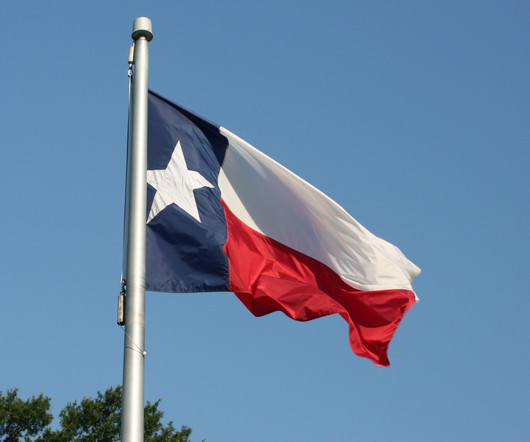


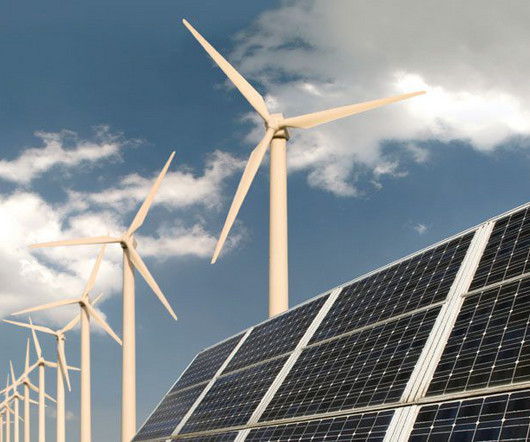
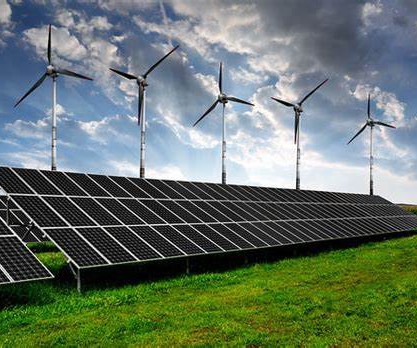
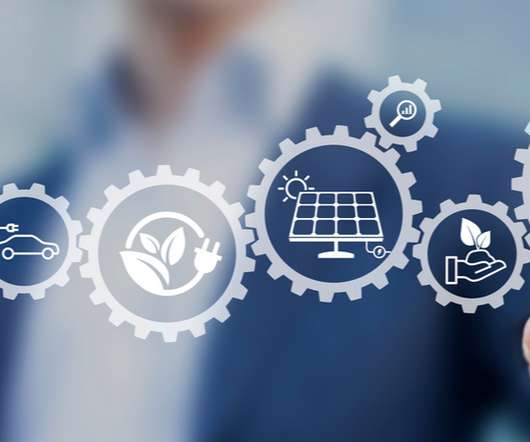
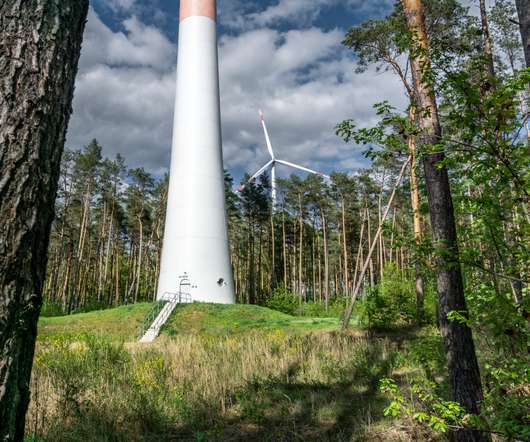
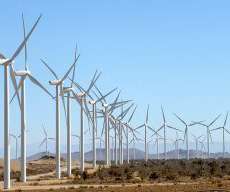
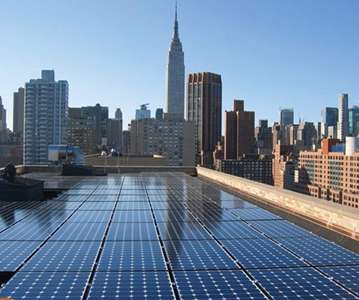









Let's personalize your content